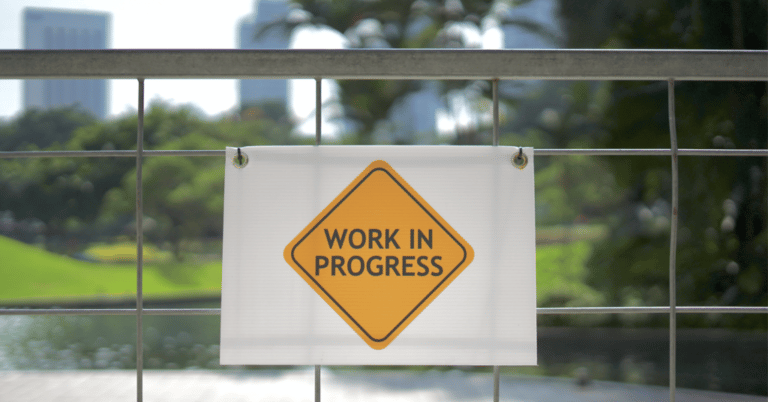
Teacher education reform: Where will all the experts come from?
Share this post Dr Jennifer Buckingham, 20 July 2023 The problems with education in Australia are not new. When the first major Commonwealth government report

by Nicola Bell, Jennifer Buckingham, Kevin Wheldall, Robyn Wheldall, and Anna Desjardins*
People sometimes raise the question of when the optimal time is for children to begin to learn to read. This is especially relevant for parents of children who are home schooled, or who attend schools where the preference is to start reading instruction later (such as Steiner schools), but it is also an interesting question to address more generally.
By formal reading instruction, we mean systematic and explicit instruction in reading and understanding text, with assessment and intervention to ensure students are making good progress. In the years prior to the onset of formal reading instruction, a focus on language development (oral language and phonological awareness), the alphabet, and daily experiences with books and writing, at home and in early education settings, are encouraged.
In the absence of experimental randomised control trials on the outcomes of students who start learning to read at age 5 vs. 6 vs. 7 years old, we need to consider other types of evidence and reasoning about when students should begin formal literacy instruction.
Country comparisons
We can look to comparisons between countries, since children in English-speaking countries tend to start formal literacy instruction earlier (around age 4.5 or 5) than those in Scandinavian and Nordic countries (around age 7). However, such comparisons are quite difficult to interpret for a few reasons. First and foremost, English has a complex writing system (what is known as a ‘deep orthography’), and it takes longer to learn than most other alphabetic languages. Aside from this factor, there are other socio-cultural differences between countries that need to be accounted for.
For example, Finland is often referred to as a country where children who start school later acquire literacy skills with great success. Indeed, a large proportion of children (about a third) are on their way to reading when they start the first year of primary school, and about three quarters of all students can read sentences by the end of their first year at school. However, while formal schooling in Finland does start later than in Australia, there are also high rates of attendance at Finnish preschools and day cares, at which children are exposed to language, print and literacy. The high literacy levels are therefore partly due to more/better early childhood education, partly due to the shallower orthography (and consequent ease of learning to read and write), partly due to the more literate society, and partly due to the socio-demographically and ethnically homogeneous population (with less diversity in home language). These are all confounding factors, which make it difficult to compare like with like. The first year of school in Finland is not like the first year of school in Australia or England or America. (See this article for more details and references.)
Cognitive development
Another factor worth considering when thinking about the optimal time to start school is whether there are certain critical cognitive periods or neurodevelopmental windows for learning to read. We know that such periods do exist for learning to use language more generally (e.g., through speech). However, there is necessarily a difference between learning to speak/understand and learning to read/write, the reason being that human beings have evolved to use spoken language – but not written language – in a spontaneous way. When we learn to read, we draw on existing areas of the brain (including those that are involved in spoken language and those that are involved in object recognition) to adapt to an activity that isn’t biologically ‘natural’. This reorganisation intensifies around when we start formal schooling. (See here for more information.)
The brain’s ability to reorganise itself flexibly reduces over time. We know this because children with injuries to areas of the brain that typically develop as ‘reading centres’ can adapt to use different parts of the brain instead (see here), whereas adults with the same sorts of injuries find it very difficult (see here and here). As far as we know, there is no specific upper age limit at which becoming literate is especially hard due to limited brain plasticity. Generally speaking though, it’s something that’s learned most easily when young.
Other factors
Beyond this consideration, there are some other factors to consider when deciding whether to start learning to read at age 5 vs. 7.
Finally, and in relation to that third dot point, it’s worth noting that children’s reading ability significantly predicts how much they choose to read (see here). This finding provides evidence to counter the argument that explicitly teaching reading leads the student to develop a disinclination to read for pleasure. On the contrary, knowing how to read unlocks access to texts that they will be able to read (and choose) for themselves. Our view is that the sooner this happens, the better.
*The authors are members of the MultiLit Research Unit and their bios can be found here.

Share this post Dr Jennifer Buckingham, 20 July 2023 The problems with education in Australia are not new. When the first major Commonwealth government report

Share this post Dr Jennifer Buckingham, 23 June 2023 As greater consensus has been reached about how to teach children to decode and read words

Share this post In September, the Productivity Commission released an Interim Report from its Inquiry into the National School Reform Agreement (NSRA). The NSRA is

Want to drop us a line? You can get in touch by filling out the form below and we’ll get back to you as soon as possible!